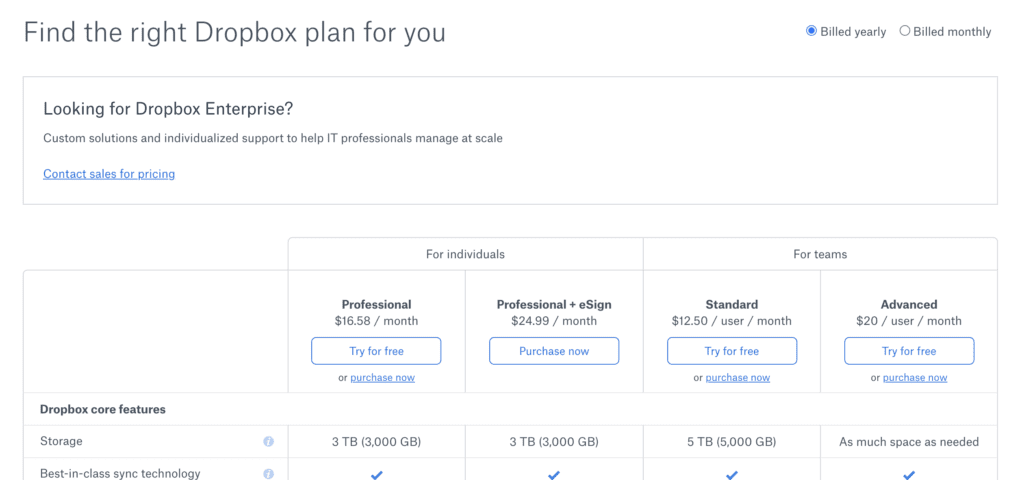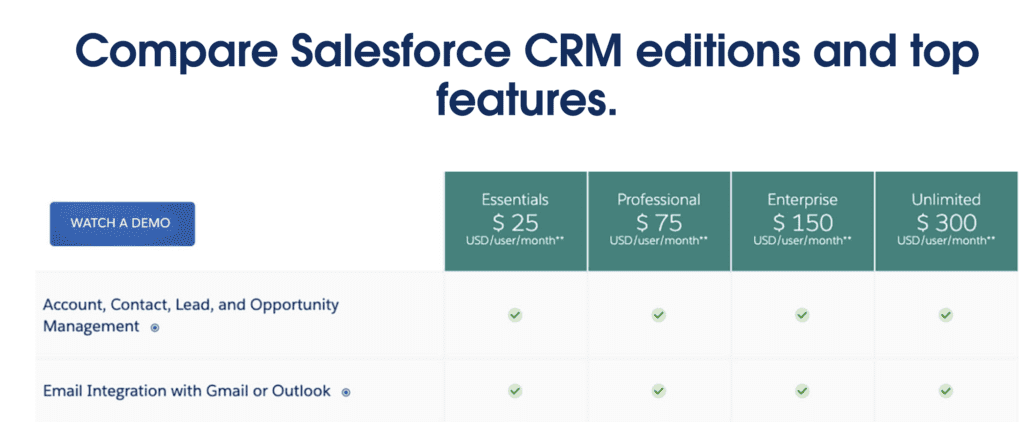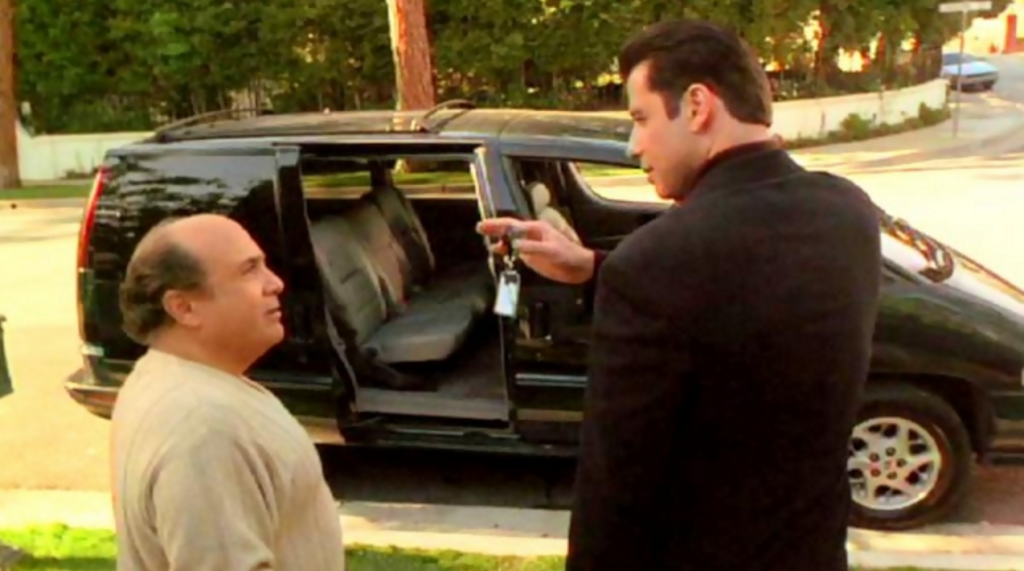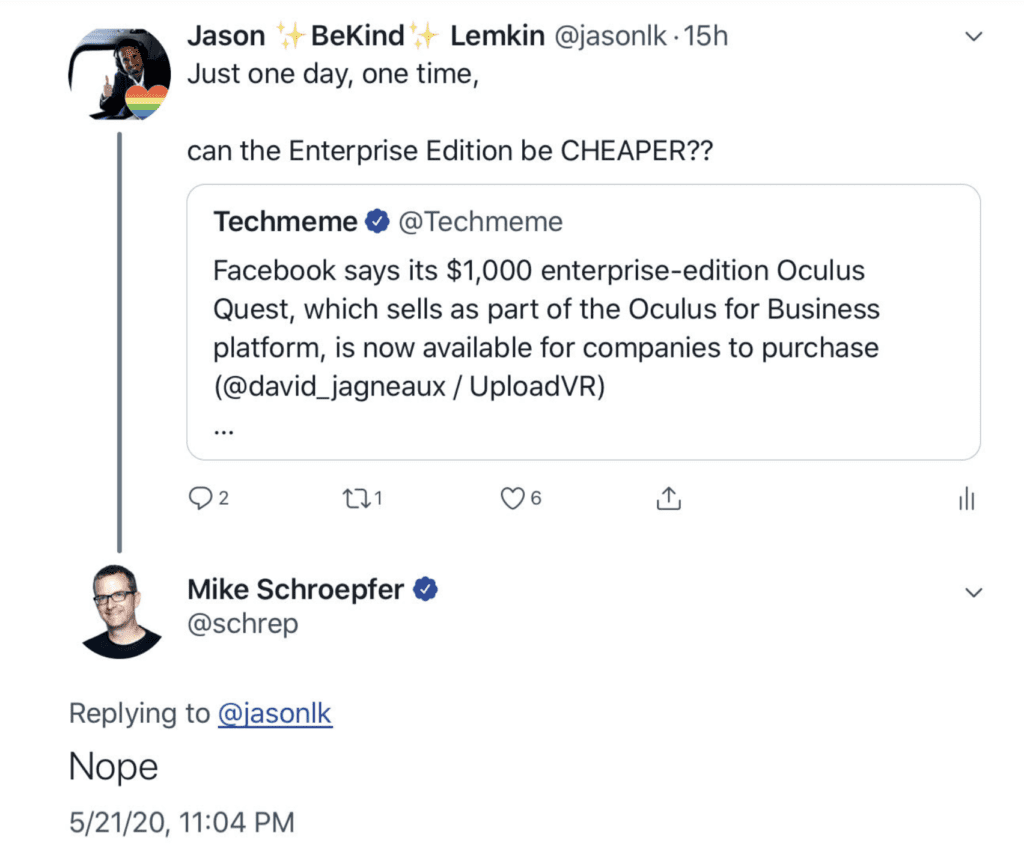You could spend days reading about pricing and pricing strategies in software on the web, but a lot of this content doesn’t really hit one, basic fundamental point — there is no real reason any particular piece of software should cost anything in particular. Or something. Or a lot. Or anywhere in between. Because it costs next to nothing to deliver.
Facebook and Google are free — and both are better software than anything you’ll ever ship, my friends. Slack and Zoom are close to free — you can use the free editions almost forever. Dropbox is cheap — but Box Enterprise isn’t. Salesforce is fairly expensive. Workday is really expensive. And ServiceNow closed 678 million dollar deals last year!! All these 10 apps basically cost the same amount to build, host, serve, and ship. Yes, enterprise software costs more to sell and support and, sometimes, to market than consumer software. But so what? Who cares? The cost to ship the bits every time you log-in or hit refresh is about $0.0000232. Real software has basically zero core cost to deliver.
There are exceptions. Software with real and/or physical services attached has costs. Twilio and Talkdesk and other voice products, for example, have real telephony costs (although as a % of revenue, they vary widely).
But really, honest-to-goodness software, while it costs millions and millions in developer costs to get out of “just a hack” phase … costs basically nothing to ship copy 1,001 or 10,001. This was true in the day of floppy drives, CD-ROMs, and so it still is in every iteration of the Internet.
So … why does Salesforce cost up to $300 a seat, while Dropbox is up to $20? It’s not just solution vs. tool, although that’s part of it. It’s not just relative value provided, although that’s clearly the case.
or

It’s comps — comparables. Pricing in software is really in large part relative to what.
Let me give you a visceral example. A few years ago, I was meeting a sales professional at Workday who had just closed a big deal with a Fortune 500 company. I happened to know how much that F500 company paid for Salesforce — $12,000,000. A year.
So I asked this rep how much this F500 customer paid for Workday. He said it was super-secret, he couldn’t tell me. Fair enough. I said let me guess.
$10,000,000 a year I said. His jaw dropped. “Exactly. How did you know?”
Relative value, I said. I knew for this company, the CRO was the CEO’s #1 most important exec. If the SVP of Sales could get $12m budget for his most important tool, then the CFO could get up to $10m. Because as important as ERP and the CFO are, revenue was king at this company. So the CFO would get almost as much budget as the SVP of Sales. And a great rep would figure out eventually how to get 100% of that.
So oftentimes, pricing … well … it’s all relative.
So how do you get the best “relatives”? How can you define yourself as more ServiceNow and Salesforce, and a little less Dropbox and Zoom (all 4 winners)?
A few thoughts:
- The Competition will Frame You. So at least try to be the Cadillac of your space. If your direct competition is $10 a month per user, ideally, redefine the space and try to get $100. But if that’s too hard — at least be The Cadillac of Your Space and charge $20. It may sound nutty, and scare your sales team. But customers will pay for trust, for brand, and for the best solution. Price yourself at The High End of Normal, at least.
 Try to Double Your Pricing on The High End. Tomorrow. Even If It Doesn’t 100% Work, You’ll Learn. If your biggest customer is $50k a year now, ask for $100k next time. You may get a No. You may get a Yes. Or you may get something almost as good — “Yes, If You Can Do [New Functionality] For Me”. You may find your comp, your value, is 2-10x higher if you just add a few important features that take your product on a new journey. This doesn’t work on your smallest, lowest-end customers. But it can work magic on your top 5-6 largest prospects. More on how to do this here.
Try to Double Your Pricing on The High End. Tomorrow. Even If It Doesn’t 100% Work, You’ll Learn. If your biggest customer is $50k a year now, ask for $100k next time. You may get a No. You may get a Yes. Or you may get something almost as good — “Yes, If You Can Do [New Functionality] For Me”. You may find your comp, your value, is 2-10x higher if you just add a few important features that take your product on a new journey. This doesn’t work on your smallest, lowest-end customers. But it can work magic on your top 5-6 largest prospects. More on how to do this here.- If You Don’t Have a Ton of Direct Competition Yet — Create a Comp A Few Value Layers Up the App Stack. Not sure how much your Customer Success Software is worth? You know what, maybe it is worth 70% of Salesforce. Not 10%. Yes, I know it doesn’t do that much today compared to Salesforce. But it will. And maybe it will be at least 70% as important.
- Be More Enterprise. It Doesn’t Really Cost That Much. Embrace security audits, SecOps, disaster recovery, penetration testing, ISO and HIPAA and all the acronyms. If you have people that have done this before, it’s not that hard. Folks that haven’t done it before will whine. But true enterprise customers will highly value it.
- If Your Seat Price Feels High, Maybe Your ACV Is Still Cheap. Try Perpendicular Pricing. $50 a seat may sound like a lot. But $20,000 a year may be cheap for a solution. Don’t let seat pricing, or other conventions, handcuff you. In fact, “perpendicular” pricing can really work. Paying an extra $50 a month on top of Salesforce per rep can seem rich. But paying $50,000 all-in to get the team more leads? A bargain at twice the price if it just leads to a few good extra deals closing.
$200,000 a year for a piece of software sounds like a lot, and it is.
But it is less than the fully burdened cost of 1 employee at a public tech co.
So provide a lot more value than that, and just charge $200k.
— Jason ✨BeKind✨ Lemkin 2️⃣0️⃣2️⃣2️⃣ (@jasonlk) December 27, 2019
- Redefine Your Comp. Ask Your Existing Customers How You Can Solve an Even Bigger Problem. And Then Tell The Next Ones That’s Exactly What You Are Doing. Ask your top customers what you’d need to deliver to charge 2x. What new functionality, solutions, and value. And listen. And then reframe your product around that solution, at least for positioning for now.
- Charge More for Higher End Editions, Not Less. The more value you provide, the more of a solution, the more you should be valued closer to a higher-end, more expensive comp. Don’t provide declining per-seat pricing for Enterprise Editions. Provide mark-ups. But not rip-offs here. Find the true solution, the real value in your enterprise edition.
- Don’t Let Existing Budgets and Budget Thinking Define You 100%. If you are hearing your little tool isn’t budgeted today, or there’s only “$5k budget”, that may be true. But don’t let that define you, or deflate you. There’s always more discretionary budget for revolutionary products. And there are often other budgets you can tap into. Sales ops maxxed out? Well, if you increase lead velocity — maybe marketing can contribute. Etc. etc.
What do you want to sell? All different price points can work. But the lower the deal size, the more customers you need. So at least don’t undersell.
(note: an update of a classic SaaStr post)




